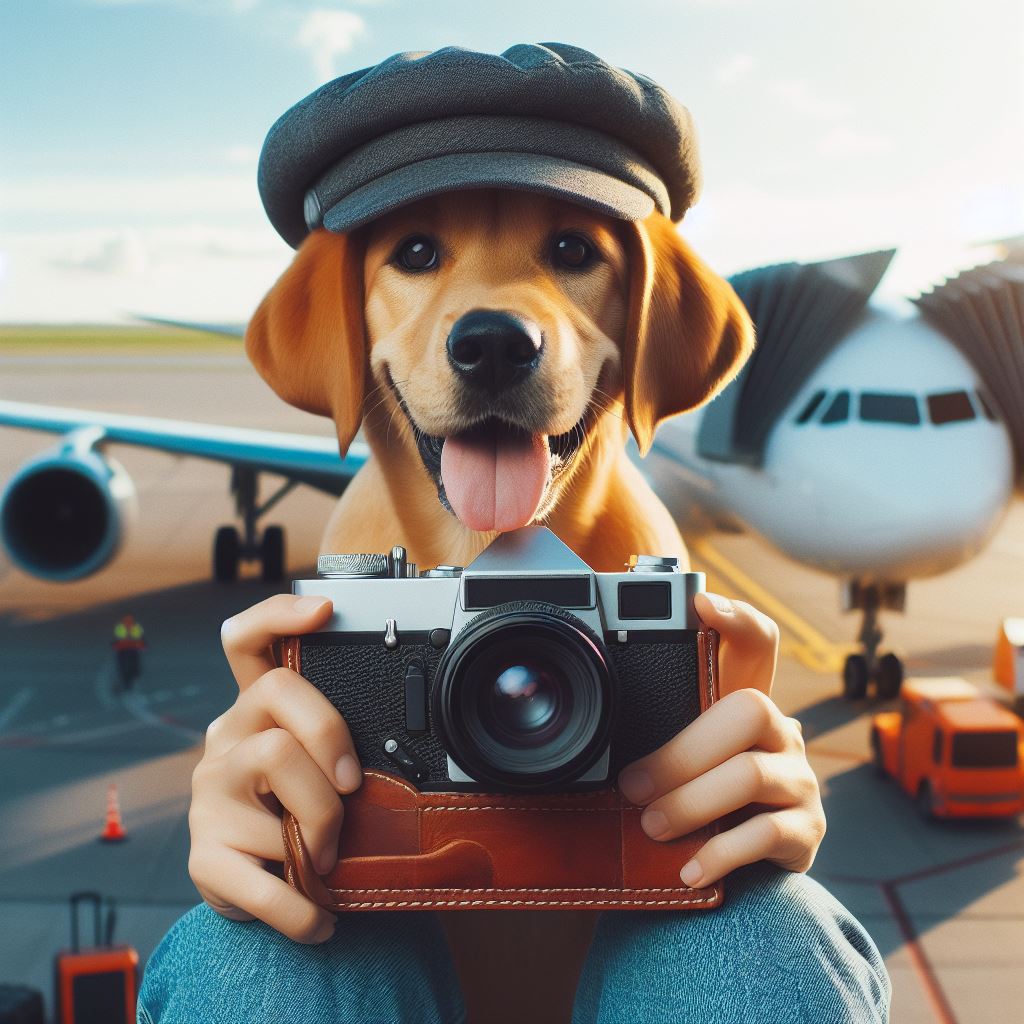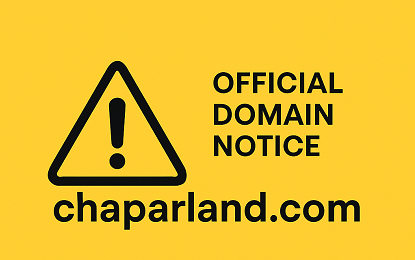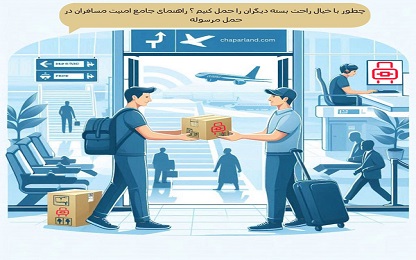
Comprehensive Guide for Sending a Dog by Airplane to Other Countries
Comprehensive Guide for Sending a Dog by Airplane to Other Countries
Sending a dog by airplane to other countries requires careful planning and adherence to various rules and regulations. This article outlines the different stages and considerations for sending a dog by airplane.
1. Research the Destination Country's Regulations
Each country has its own rules and regulations for the entry of pets. The first step is to review these regulations, which may include:
Vaccination requirements
Required medical tests
Necessary documents
Quarantine periods (if applicable)
Prohibited breeds (some countries ban the entry of certain dog breeds)
2. Visit the Veterinarian
Before traveling, take your dog to the veterinarian for necessary check-ups and to obtain required medical documents. This includes:
Necessary vaccinations (such as rabies vaccine)
Blood tests (required by some countries)
Issuance of a health certificate by the veterinarian
3. Choose a Suitable Airline
Not all airlines allow the transportation of pets, and their rules and regulations vary. Therefore, choose an airline that offers pet transportation services. Consider the following:
Cost of transporting the pet
Transport conditions (in-cabin or cargo hold)
Weight and size limitations
Requirements for the pet carrier
Note:
In Iranian airlines such as Mahan, Homa, and Aseman, pet transportation is allowed, but pets are not permitted in the cabin. Caspian Airlines does not allow any live animals in their air network. Pegasus Airlines of Turkey also bans pets in the cabin due to security issues and lack of control over pets.
4. Prepare an Appropriate Carrier
The pet carrier must comply with international standards (such as IATA standards). Features of a suitable carrier include:
Appropriate size for the animal (the animal should be able to stand, turn around, and lie down comfortably)
Sturdy and durable
Adequate ventilation
Equipped with food and water containers
5. Methods of Pet Transport
Method 1: In-Cabin Transport Many airlines allow pets to be carried in the cabin, but this is not always possible. For instance, no UK airline allows pets in the cabin, only service animals are permitted.
Method 2: Cargo Transport In this method, your dog is accepted at the cargo terminal and will travel via cargo. When purchasing your flight ticket, you will also receive the AVIH code (live animal transportation service) from the airline office. Your pet will be handed over to the passenger or a designated person at the destination airport.
6. Book the Ticket and Register the Pet
After choosing the airline and preparing the carrier, book your ticket and register your pet. Some airlines require pre-registration of pets before the flight.
7. Preparation for Travel Day
On the day of travel, follow these guidelines:
Ensure all necessary documents are with you.
Label the pet carrier with required information (such as your name and contact number).
Feed your pet a few hours before the flight and provide sufficient water.
Keep your pet calm and minimize stress.
8. Arrival at the Destination Country
Upon arrival, you must complete the clearance process for your pet. This involves presenting the documents to the relevant authorities and undergoing necessary checks. Quarantine periods may be required.
9. Required Documents for Exporting a Dog
Original payment receipt for transportation fee
Completed three-part form for live animal transportation request
Pet's passport or ID
Valid international health certificate from the governmental veterinary authority of the origin country
Vaccination records
Microchip card (an electronic device implanted under the pet's skin for identification)
Written quarantine approval from the airport's veterinary quarantine
10. Other Important Regulations and Tips
A passenger can bring a maximum of two dogs.
Sick animals are not accepted.
If your dog or cat has recently given birth, you must wait 10 to 12 weeks after birth before traveling.
11. Calculation of Transportation Costs
The cost of transporting the pet is calculated based on the weight of the pet and its carrier, and it is included as excess baggage on your ticket.
By following these guidelines and steps, you can ensure a safe and secure transport of your dog to other countries.







